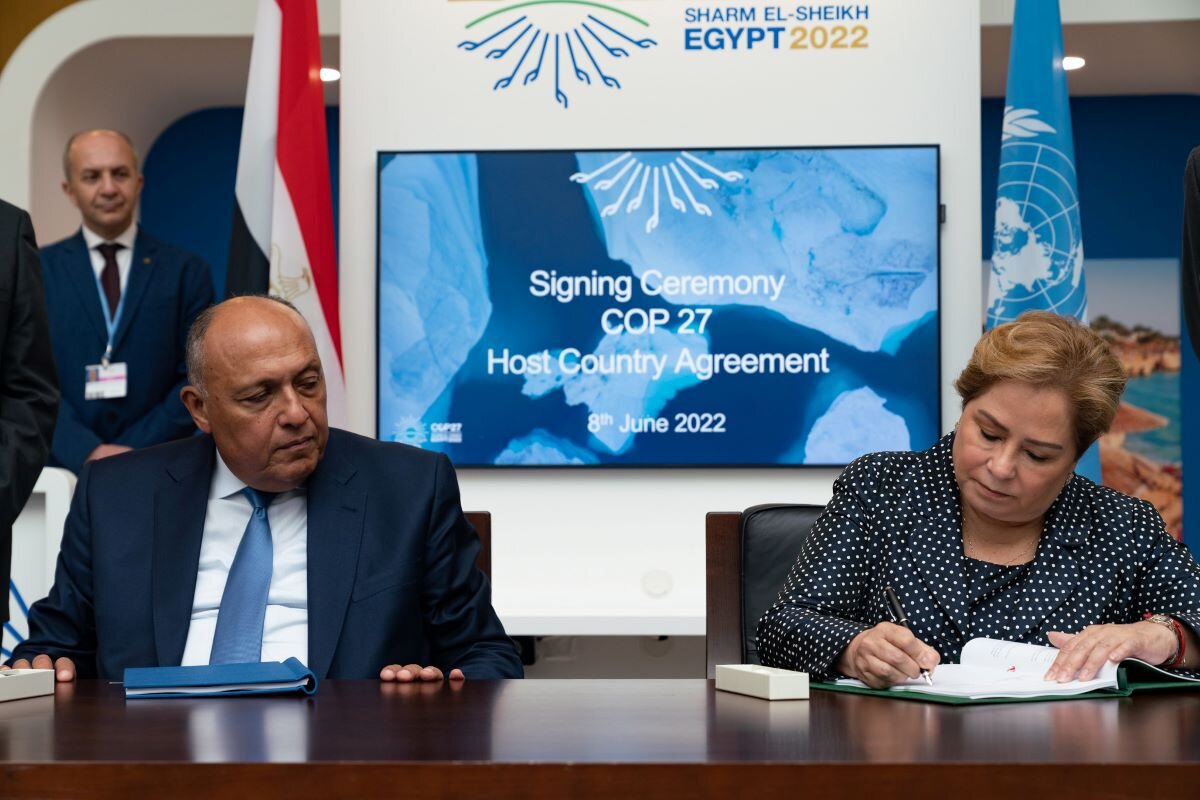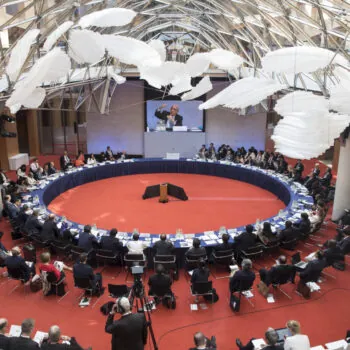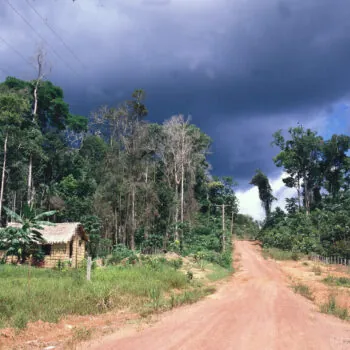Fears: the challenging context for COP27
In January, COP26 President Alok Sharma warned that climate promises made in Glasgow a year ago could ‘wither on the vine’ without urgent action. Delegates arriving in Sharm El Sheikh this week for COP27 may fear this has come true.
The political energy behind global climate action has slowed in 2022. The geopolitical and economic context is partly behind this. Cooperation between countries is fragile amid Russia’s invasion of Ukraine and tense US-China relations. Rising inflation, sparked by escalating energy prices, and unsustainable debt burdens have pushed economies to the edge.
Despite this, many countries remain committed. The US passed the historic Inflation Reduction Act’s $369bn package, the single largest investment in climate and energy in US history. With REPowerEU, Europe has doubled down on decarbonisation in response to the energy crisis. China continues to roll-out low carbon technologies like electric vehicles and solar power at a dramatic pace.
But this cannot hide the fact that action is off pace. New oil and gas deals are at odds with science showing that to stay under 1.5°C there can be no new fossil fuel extraction. Governments at COP26 committed to revisit and strengthen their 2030 climate targets this year, yet only 24 have done so, many only incrementally. The promise of $100bn per year in climate finance for developing countries remains unmet. Without strong evidence that climate commitments are being implemented quickly enough, trust between countries has plummeted.
Hopes: the opportunity at Sharm El Sheikh
COP27 can provide impetus to a step change in momentum on climate action. The geopolitical context may not be conducive to ambition; neither is COP27’s location in a country that has restricted civic space. Yet the world expects governments to cooperate on finding new solutions:
- A deal on loss and damage finance is pivotal. Agreement to a loss and damage finance facility as proposed by climate vulnerable countries is far from guaranteed. Developed countries including the EU and US remain hesitant, though acknowledge that an answer at COP27 is needed. Significant interventions from leaders and ministers — guided by the ministerial pair tasked with facilitating a breakthrough, Germany’s Jennifer Morgan and Chile’s Maisa Rojas — would be needed to build towards a consensus outcome. A shift on this issue is critical to unlocking progress across the entire package of negotiations, including issues of finance, adaptation, and mitigation.
- The Egyptian COP27 Presidency has already made clear that backsliding is unacceptable. The agreements made at COP26 to phase down coal and phase-out fossil fuel subsidies are essential for limiting warming. So too are the numerous sectoral commitments made by governments to halt deforestation this decade, slash 30% of methane emissions by 2030 and end the sale of internal combustion engines. Enhanced transparency around delivery on the commitment to double adaptation finance by 2025 would help build among developing countries confidence in its timely fulfilment. COP27 must hold the line to avoid Paris Agreement goals slipping farther away than before.
- The critical enabling factor for delivery on climate promises is finance. 2022 has seen a wave of interest to take bolder steps on the finance agenda. The G7 have pushed for reforms to make the World Bank fit for climate action. They are also set to announce more details on Just Energy Transition Partnerships, replicating the model set with South Africa last year and seeking to expand them to countries like India, Indonesia, Vietnam, and Senegal. Meanwhile the Bridgetown Agenda, brainchild of the Barbados PM Mia Mottley, has sparked an appetite to look at the macro-economic reforms needed to address the debt and climate crises in an integrated manner. COP27, as the ‘Implementation COP’, is an opportunity for further political recognition of the need for wider reforms to unlock the necessary climate and development finance for developing countries, to spur further action into next year.
Dreams: accelerating action beyond COP27
Whatever happens at COP27, the global climate community needs to wrestle with fundamental questions about how to advance climate action at the pace and scale needed. Capitalising on a positive outcome – or rebuilding global trust and momentum in the wake of a disappointment – will require intense diplomacy beyond the walls of UN negotiating halls. Climate diplomacy is still not mainstreamed across venues outside the UNFCCC, such as in areas of economic, industrial and trade cooperation. The world’s financial architecture is designed for the challenges of the last century, not today. The global climate regime is not facilitating national conditions for faster action at the rate it must.
COP27 alone cannot address these challenges. But it can – and should – be an opportunity to trigger the deeper, transformative, and cooperative agenda of global reform that is necessary to navigate climate diplomacy through the complex and stormy world we live in.


